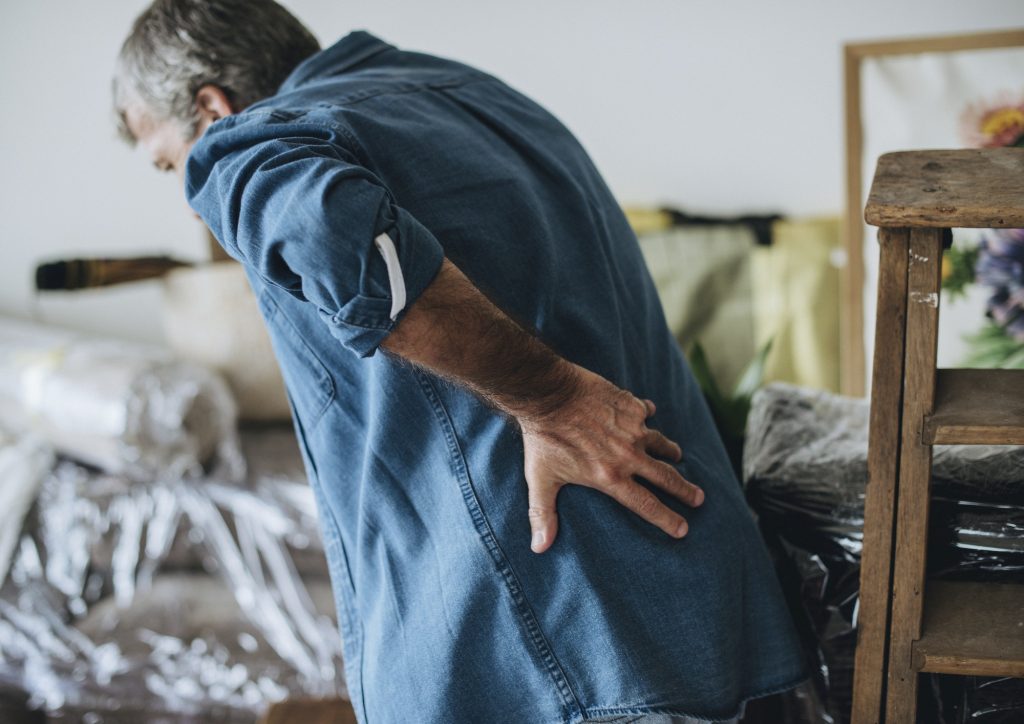Kyphoplasty
Kyphoplasty is a minimally invasive procedure where medical grade “bone cement” is injected into fractures of the spine to prevent worsening compression of the spine and relieve back pain.
Using X-ray guidance a needle is advanced through the skin into the vertebral body. Through the needle, a balloon is inserted and inflated to restore lost height of the bone. Cement is then injected into the cavity the balloon has created to stabilize the fracture.
These procedures are done with moderate sedation at our facility. Recovery time is minimal.
Using X-ray guidance a needle is advanced through the skin into the vertebral body. Through the needle, a balloon is inserted and inflated to restore lost height of the bone. Cement is then injected into the cavity the balloon has created to stabilize the fracture.
These procedures are done with moderate sedation at our facility. Recovery time is minimal.





